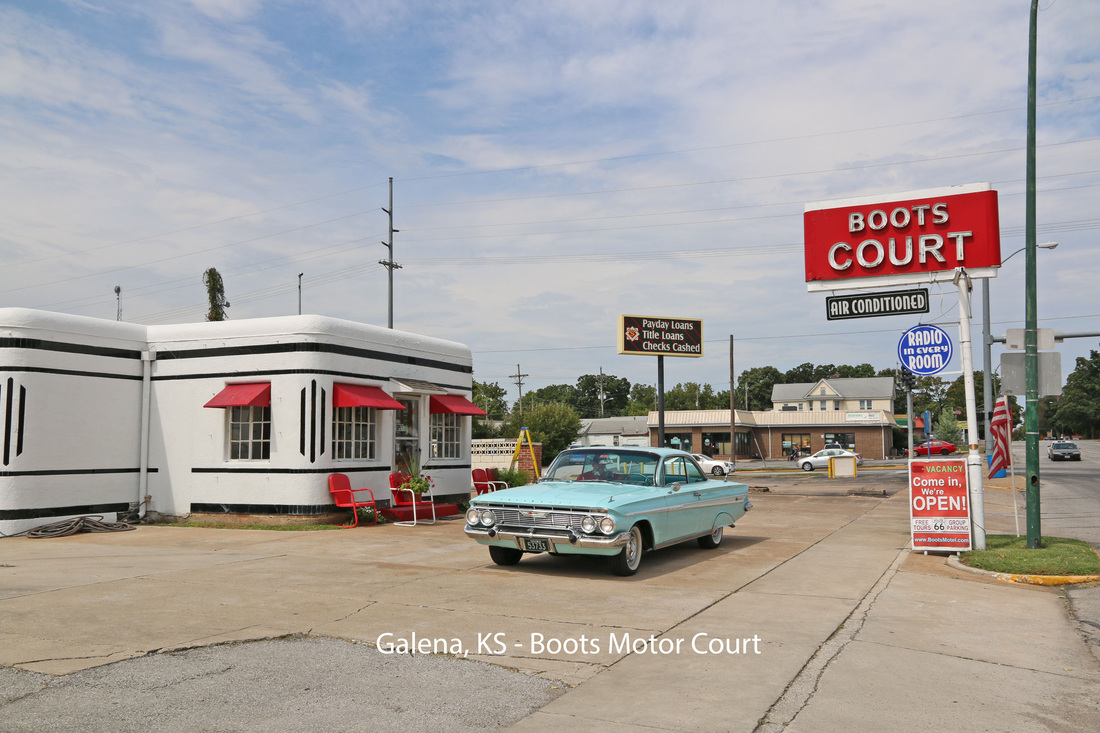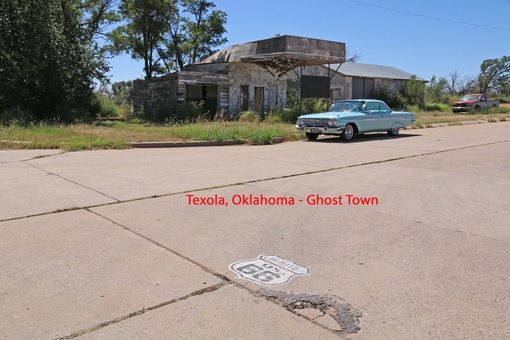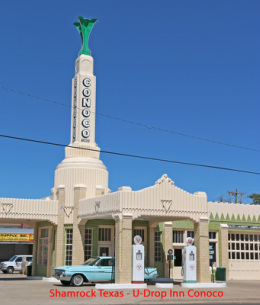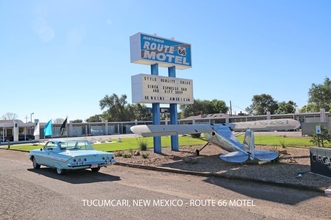FACTS:
U.S. Highway 20 - The Yellowstone Trail
U. S. Highway 20 begins in Boston, Massachusetts, and runs about 3,237 miles westward to Newport, Oregon. When the route was commissioned in 1926, it ended at the east entrance to Yellowstone National Park. It roughly parallels I-90 across the United States which is also the longest Interstate at 3,101 miles, ending in Seattle Washington. In 1940 U.S. 20 was extended to Albany, Oregon, and the next year it was lengthened to reach the Pacific Coast at Newport. Although It officially traverses a total of 3,237 miles, technically, the highway does not have a designated route through Yellowstone National Park because routes are not designated within national park boundaries. Technically, U.S. Route 6 is still the longest contiguous intercontinental route today. Regardless, Massachusetts still has the honor of hosting the starting points for the two longest intercontinental U.S. numbered Highways as well as the longest Interstate highway.
U.S. Highway 101 - The Oregon Coast Highway & Pacific Highway
U.S. Highway 101 is a north–south U.S. highway that begins in Tumwater, Washington running south along the Pacific coastline through the states of Washington and Oregon ending in Los Angeles, in southern California. It traverses a total distance of 1,550 miles, however the route I will be travelling from Newport, Oregon to Long Beach, CA is 1,087 miles.
U.S. Highway 6 - The Grand Army of the Republic Highway
U.S. Highway 6 runs from the tip of Cape Cod, in Provincetown Massachusetts, to Bishop, California, a distance of 3,205 miles. For nearly thirty years, it had the distinction of being the longest U.S. Highway at 3,517 miles when it ran to the
Pacific Coast at Long Beach. But in 1964, it was truncated to its present ending not far from the California-Nevada border. When the route was originally designated in 1926, it ran only from Cape Cod to Erie, Pennsylvania. In 1932 it was extended to Greeley, Colorado, and in 1937, it was extended again to Long Beach. It also passes through Rhode Island, Connecticut, New York, Pennsylvania, Ohio, Indiana, Illinois, and Nebraska.
Other Interesting Facts:
Both U.S. Route 20 and Route 6 join together in Cleveland Ohio before they take their separate paths west, and they both separately cross the mother road, Route 66, below Chicago.
President Dwight D. Eisenhower, who is generally credited with making our present Interstate Highway system a reality, was also the young Lieutenant Colonel that led General "Blackjack" Pershing's Army Transcontinental Motor Transport Convoy in 1919 across America to demonstrate the need for a national highway system.
Massachusetts provides the only maritime or coastal vistas along the historic U.S. Route 6 alignment which makes annual Provincetown CRUIZ weekends popular with auto enthusiasts and car clubs.
U.S. Highway 20 - The Yellowstone Trail
U. S. Highway 20 begins in Boston, Massachusetts, and runs about 3,237 miles westward to Newport, Oregon. When the route was commissioned in 1926, it ended at the east entrance to Yellowstone National Park. It roughly parallels I-90 across the United States which is also the longest Interstate at 3,101 miles, ending in Seattle Washington. In 1940 U.S. 20 was extended to Albany, Oregon, and the next year it was lengthened to reach the Pacific Coast at Newport. Although It officially traverses a total of 3,237 miles, technically, the highway does not have a designated route through Yellowstone National Park because routes are not designated within national park boundaries. Technically, U.S. Route 6 is still the longest contiguous intercontinental route today. Regardless, Massachusetts still has the honor of hosting the starting points for the two longest intercontinental U.S. numbered Highways as well as the longest Interstate highway.
U.S. Highway 101 - The Oregon Coast Highway & Pacific Highway
U.S. Highway 101 is a north–south U.S. highway that begins in Tumwater, Washington running south along the Pacific coastline through the states of Washington and Oregon ending in Los Angeles, in southern California. It traverses a total distance of 1,550 miles, however the route I will be travelling from Newport, Oregon to Long Beach, CA is 1,087 miles.
U.S. Highway 6 - The Grand Army of the Republic Highway
U.S. Highway 6 runs from the tip of Cape Cod, in Provincetown Massachusetts, to Bishop, California, a distance of 3,205 miles. For nearly thirty years, it had the distinction of being the longest U.S. Highway at 3,517 miles when it ran to the
Pacific Coast at Long Beach. But in 1964, it was truncated to its present ending not far from the California-Nevada border. When the route was originally designated in 1926, it ran only from Cape Cod to Erie, Pennsylvania. In 1932 it was extended to Greeley, Colorado, and in 1937, it was extended again to Long Beach. It also passes through Rhode Island, Connecticut, New York, Pennsylvania, Ohio, Indiana, Illinois, and Nebraska.
Other Interesting Facts:
Both U.S. Route 20 and Route 6 join together in Cleveland Ohio before they take their separate paths west, and they both separately cross the mother road, Route 66, below Chicago.
President Dwight D. Eisenhower, who is generally credited with making our present Interstate Highway system a reality, was also the young Lieutenant Colonel that led General "Blackjack" Pershing's Army Transcontinental Motor Transport Convoy in 1919 across America to demonstrate the need for a national highway system.
Massachusetts provides the only maritime or coastal vistas along the historic U.S. Route 6 alignment which makes annual Provincetown CRUIZ weekends popular with auto enthusiasts and car clubs.





